Howdy, friends! Today we going to tank about Google keyword ranking.
First of all, let me ask you: did you ever rank #1 for a high-competitive keyword on your own? If you did and you know the 100% accurate guide that works, then let me pay respect. If you didn’t, don’t be upset. It only means that you’re not a super-high-level SEO or marketer, or you just don’t like to lie:)
Anyway, even if you’re neither Neil Patel, nor Brian Dean (hi guys, glad to see you) or any other top SEO/marketer, but you want to know how to rank #1 for a keyword without spending a bazillions for your SEO, this guide about Google keyword ranking can help you a bit.
Brief Background or “What should I know at first about Google ranking”
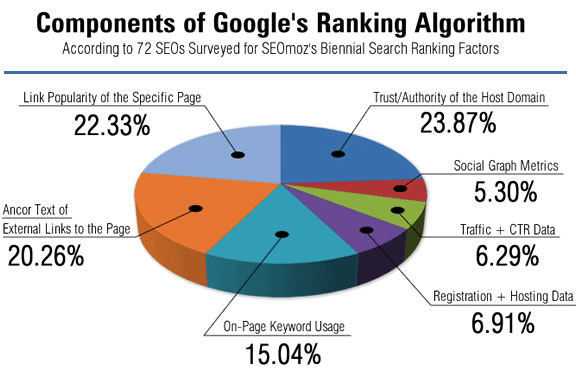
Okay, let’s start from the basics. As you may know, there are tons of Google ranking signals. For example, Brian Dean tells about 200+ factors, SEMrush tells about 17 most valuable and important ranking factors, Search Engine Land - about 8 major points, MOZ tells us about other 10 factors as well.
But in all cases there are 4 major ranking factors can be distinguished: backlinks (number of referring domains, backlink quality, anchor text relevance etc.), content (keywords, content length, comprehensiveness), technical SEO (page speed, SSL, mobile-friendliness) and user experience (CTR, bounce rate).
So as you may see, we are faced with some requirements that should be complied for the good website ranking. In other words, if you have done with that stuff, then it wouldn’t be so hard to rank #1 as it may have been without complied “4-points” SEO-list.
Well, if you’d like to get the really good Google keyword ranking, then you should aware of some prerequisites:
- A strong website. Neither “just another Wordpress blog”, nor “I don’t know what am I doing but hope that all will be ok”. STRONG. WEBSITE. Remember the rule: speaking the “Strong Website” we mean “The website complying with ranking factors”. And if you don’t know what that means, we recommend you to check first of all Google Webmaster Guidelines.
- A well-developed network. Yes, you can have a good content, but you should also have the places where you can promote and spread it. Thus, you should have a built-in network that includes email subscribers, Twitter account, Facebook group and niche-related accounts at forums, Reddit, LinkedIn etc. And if you don’t know what is that means, we highly recommend you to check Wordstream’s guide for linkbuilding and influencer relationship building.
Remember, if you don’t comply with these rules at this time and you’d like to rush your Google keyword ranking campaign, then lacks of On-Page and Off-Page SEO can harm your progress in the future.
1.Do Your Keyword Research
First of all, you should find the main keywords related to your niche or business. In other words, the data set of your keywords should be relevant to your business model. For example, pet grooming business have a reason to target for the keywords like “pet grooming supplies” or “pet grooming mobile” or any local-target keywords like “pet grooming Miami”, but there’s no reason to try rank in Google for a keyword like “pet homecare”.
Of course you know the keywords you want to target, but we recommend to check it twice before use. Well, how you can do your keyword research for the Google? We recommend you to use the tools from this list:
Google Keyword Planner. It’s a classic. If you’d like to do your initial research, you can try this tool absolutely for free
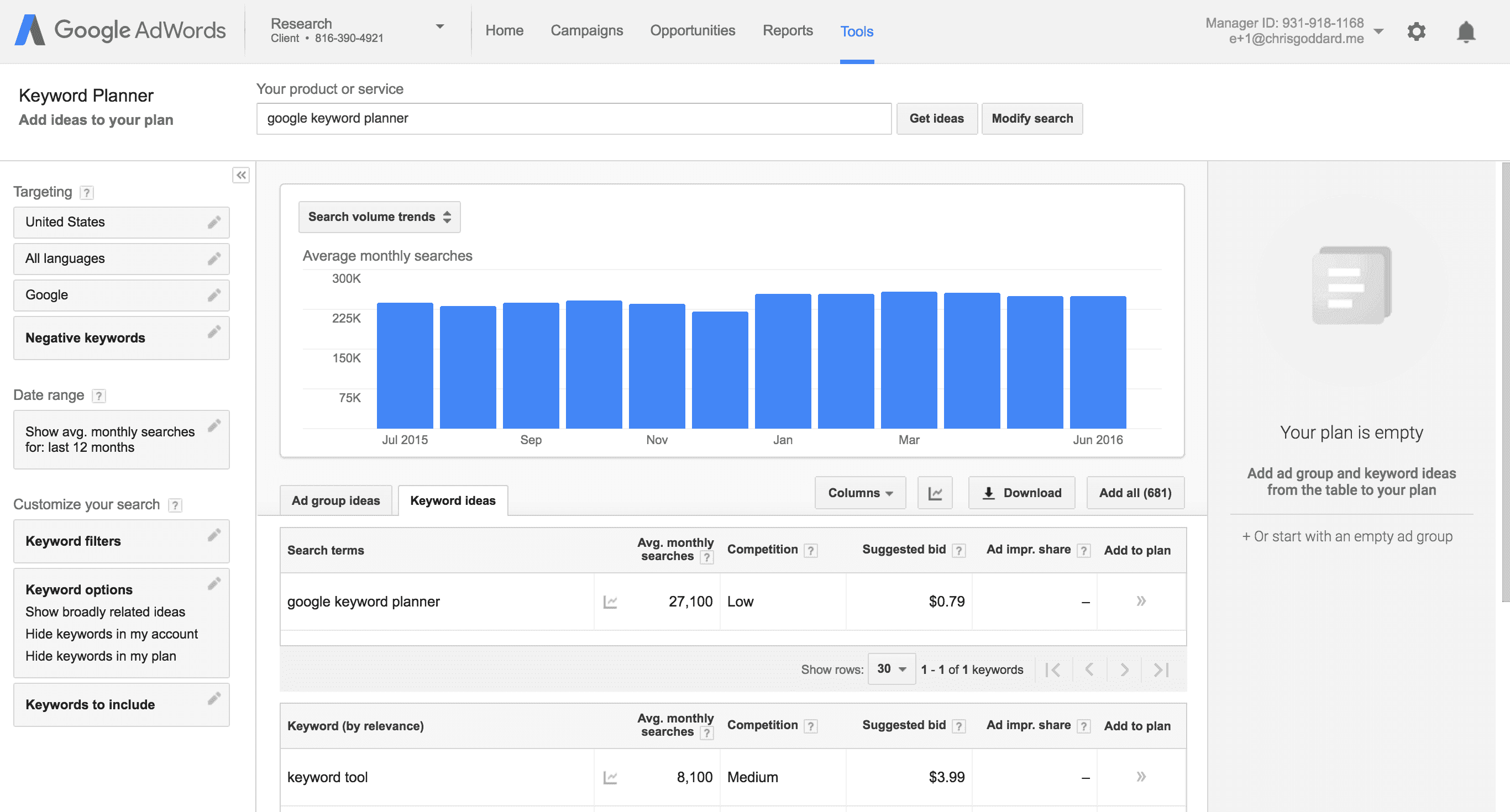
Ahrefs. It’s one of our favorite tool to all other. You can check competitor keywords, find the keyword suggestions, check the keyword difficulty, local and global search volume, return rate, clicks metric etc. In other words, there is a HUGE data set that you can find here.

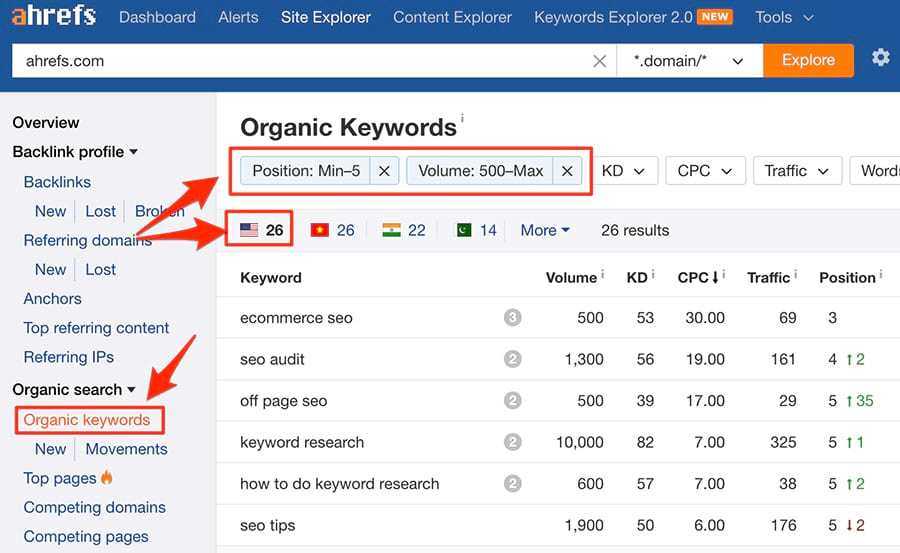
Keyword Tool. A good and simple alternative to Google Keyword Planner also can be used as one of the best keyword trackers. Not free at all, but has wide functionality and has good usability for all users.
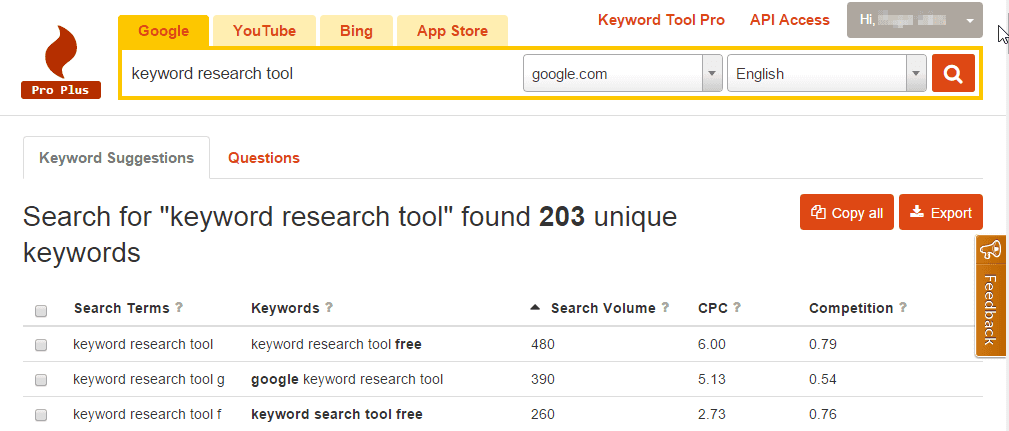
Wordstream. That guys did pretty good. Wide functionality, free of use, a lot of data for each keyword (CPC, opportunity score, competition level etc.).
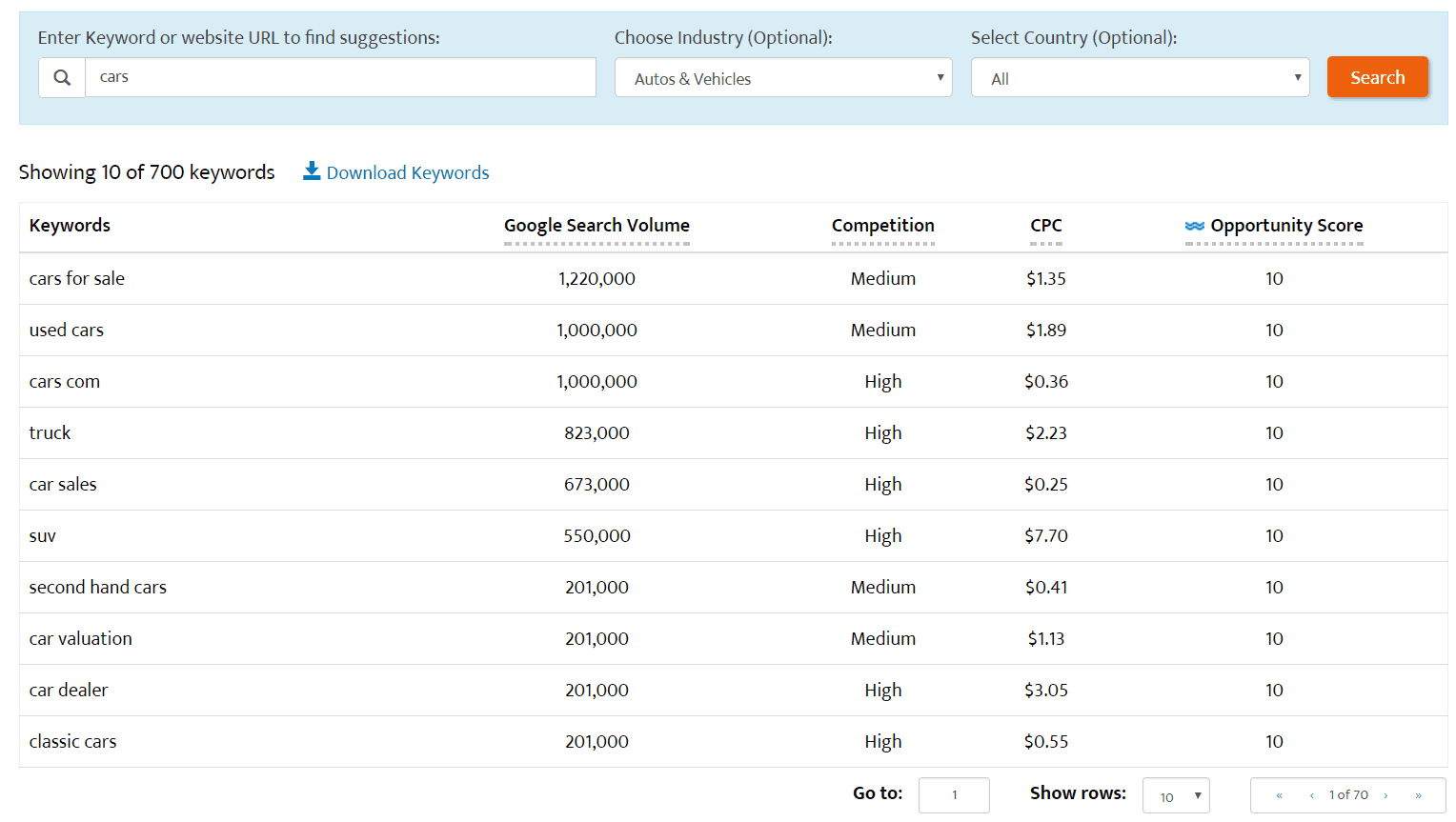
At this stage of the process, you should also make a list of close variations on your primary keyword. These will be helpful in writing and optimizing your content later on.
2. Check Your Competitors
So now you’ve done with a keyword research and the next step is do a search for it on Google and/or any other SE to see what your competition is already doing.
We recommend you to pay an attention to the next points:
- URLs and domains. Does any domains ranked in TOP-10 has an exact match with a keyword (for example, keyword is “check my SERP” and domain name like “checkmyserp.com”)? Does any URL in TOP-10 has the keyword phrase(s)?
- The titles. The key point is the number of the keywords in title tag and title length - check these parameters as well.
- Type of well-ranked content. Whether it’s a blog post or a review page, or a video link?
- Competitors level. Are your keyword competitors well-known blogs and famous brands, small businesses, news aggregators?
- The websites authority. Of course there is no need to check an authority metrics for each website through Ahrefs or MOZ (but you can in case of need). All you need is look closer to the websites ranked in TOP-10 for your keyword. For example, you’re probably know that Wikipedia, YouTube, Forbes, Esquire, Amazon are very, very authoritative websites.
Let’s take a closer look how you should check your competitors at the example below.
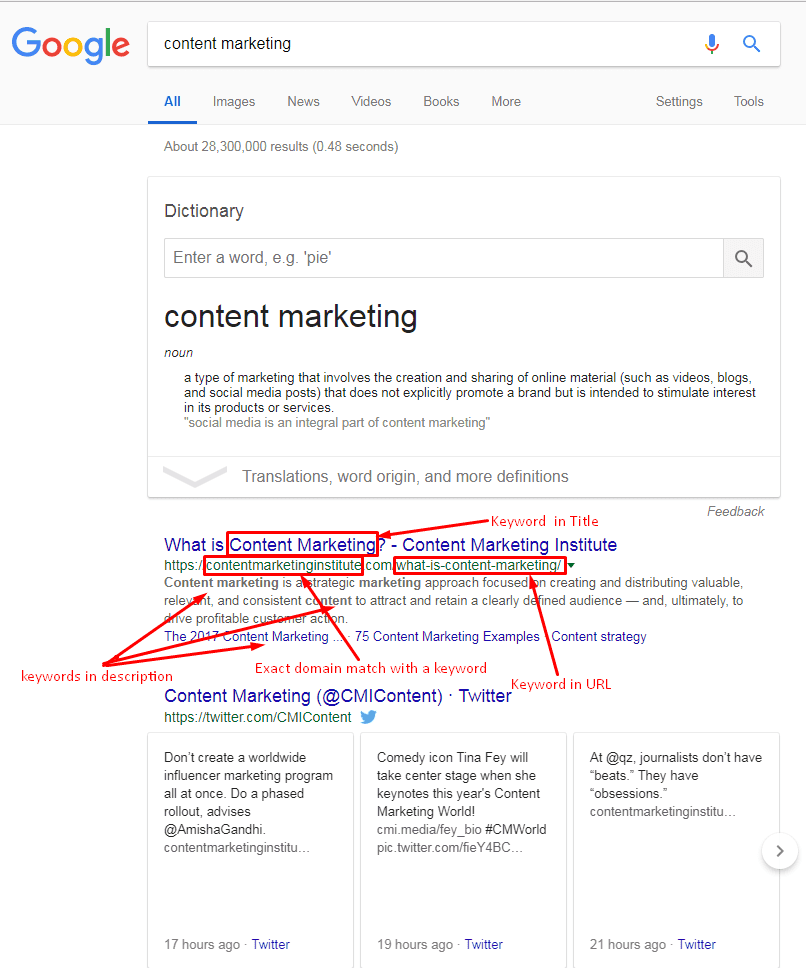
You can see, that the site ranked #1 for the “content marketing” keyword phrase has a number of keywords everywhere - in URL, in domain name, in the Title and Description sections.
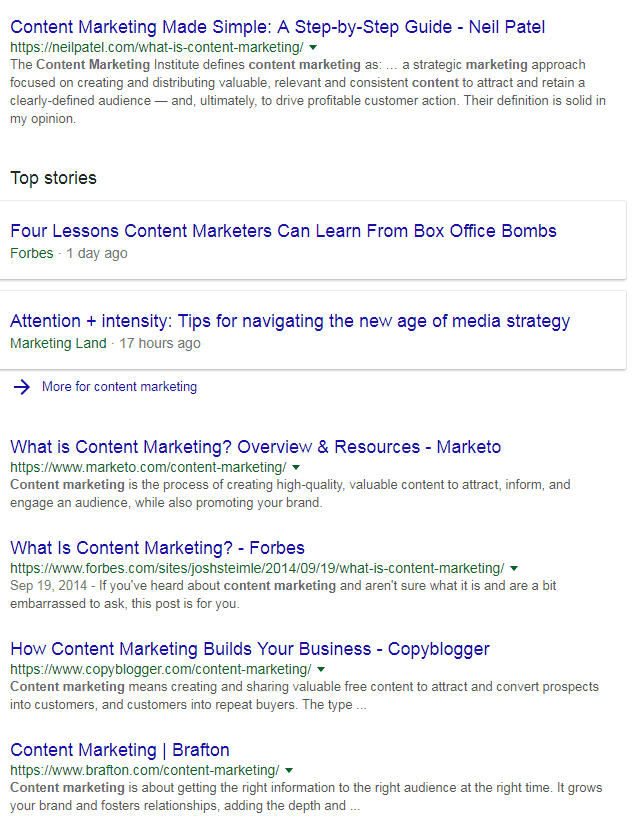
You can also see, that the content type for this keyword are blog posts or analytical articles.
Additionally, there is a very, very high competition level for this keyword. As you can see, there are well-known websites in TOP-10 - Neil Patel, Forbes, Wikipedia, etc.
So now we can assume that you should invest a tremendous amount of energy, efforts, time and budget to get to the TOP-10 for such keyword. But… Who said that it’s impossible?
3. Make Your Content Great

You know, 10 000 words wouldn’t even scratch this section! So many guides tells about how the really great content should looks like, what everyone should know and what kind of techniques should be performed for the well-ranked and user attractive article. We wouldn’t tell you the same stuff, but we pay attention to the key points of the great content:
- Your content should be anatomically correct. An eye-catchy title and informative description, CTA-buttons, relevancy, formatting. In other words, your great article should have a structure.
- Images. Whether it’s an ordinary blog post, case study or promotional post - you should include images, because anybody won’t see an article without useful images.
- Uniqueness. You hopefully wouldn’t copy and paste content from another site onto your own. But you may be tempted to do a link roundup or “best of the web,” in which you curate a list of articles that you’ve found to be interesting.
- Length. As said Brian Dean, an optimal text size for your blog post is about 1800-1900 words. Due to his study, a content with this length ranks higher in Google search results.
- Internal links. It’s not about classical linkbuilding, it’s about the content structure and readability. An internal linking strategy - for which you link to other, related posts within your own site - and can serve to enhance and deepen the overall value of a website.
- Improve content engagement. For example, make a "bucket brigade" (line break at the article start). It's an old and well-known writers trick, but it still working! Another peace of engagement improving is internal links - it will help your users to navigate throughout the content better.
Additionally, you can find a lot of case studies and articles in Google about how to make your content great. Using them, you can improve your current content strategy and make the really great posts which would be shared around thousands of people.
4. Optimize Your Content With Keywords
Optimize your content while you’re creating it, rather than applying optimization after the fact.
Leverage those keywords where you can in your content, but not to the point of sounding like a crazy robot. Remember that there are a lot of “invisible” places for keywords, and I’m not talking about using white text on a white background or anything else that violates Google guidelines.
For example, you can put your keywords in first 100-150 words - it helps Google crawler to check an article faster and check its relevance. Additionally, don’t forget about image file names – users won’t see these if they’re not looking for them, but they can increase your keyword rankings.
One of the best examples of the On-Page SEO and keyword placing is Wikipedia. In most cases Wiki’s pages ranks very well and keyword ranking perform very smooth.
Work With Titles
Optimizing your on-page SEO, don't forget about titles. If you want to get more traffic from people searching for your main keyword, then don't forget about keywords related to the main keyword. For example, your main keyword is "Google ranking". Then, you should also include the related keywords in your title, for example "How to rank in Google", "How to rank higher in Google", and so on.
Work With Content Headers
Next, don't forget about content headers. It should also contain the keywords you'd like to rank for (including related keywords). But you should not to go overboard with the keywords, because your main goal is to give users information that they actually want to read. Thus, try to avoid over-optimized keywords in content headers, but try to use the headers with unique and interesting related keywords and potential search queries.
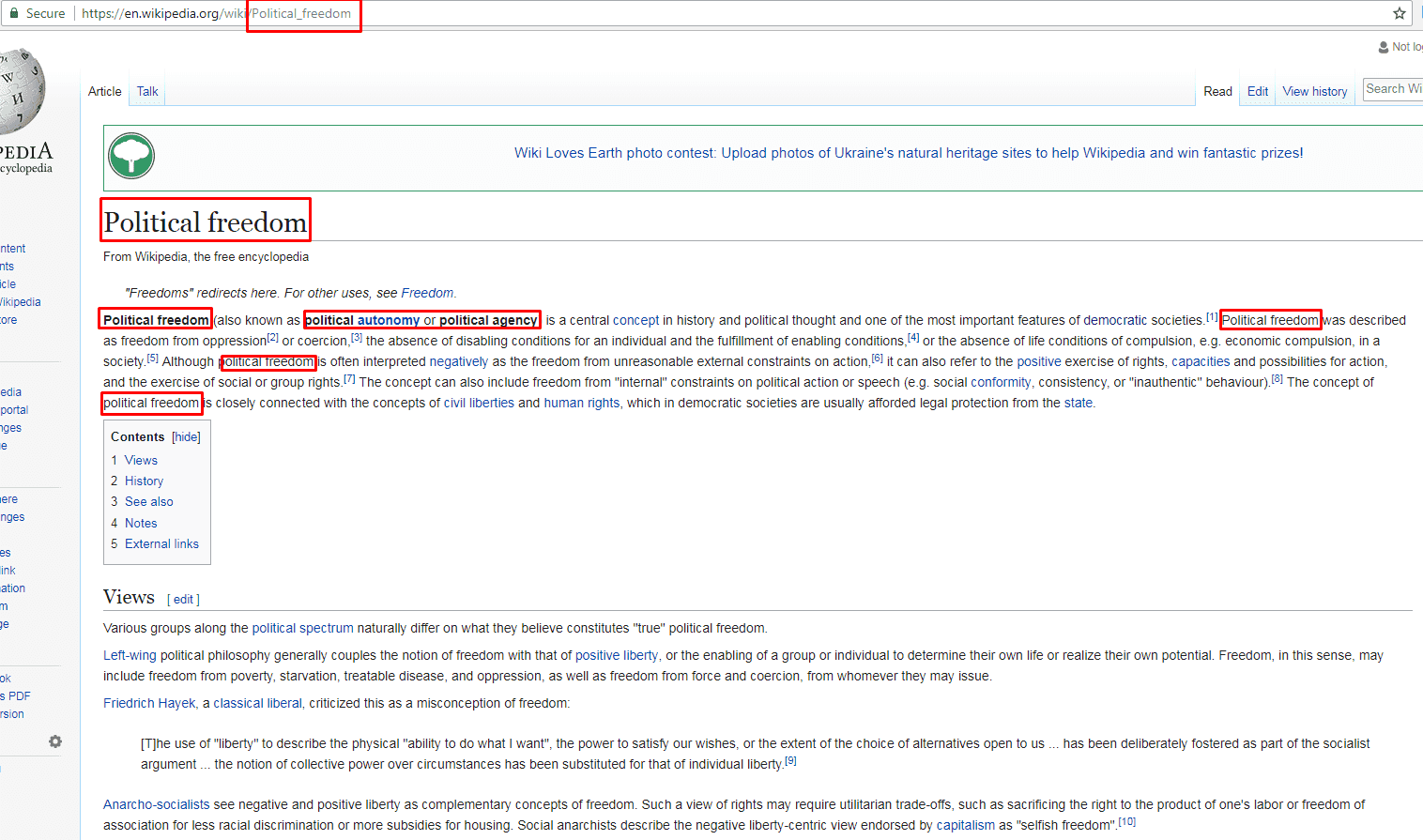
5. Publish and Promote Your Great Content
You’re probably know how to publish your content. It’s not hard and you can post your content when you want, in most cases. But it doesn’t cover the cases when you’re going to tell about any trends, news or events. In this case you should choose a perfect time, when you can increase your audience coverage.
And what about promotion? Fortunately, we’ve already told about in our article “A King Without Kingdom: TOP-5 Places to Promote Your Content”. As we already said, you can try to promote your content in Facebook and LinkedIn, Triberr, Stumbleupon, Inbound, QuuuPromote and Growth Hackers at first. Well, This should be more than enough for your content promotion - remember, what we told you about well-developed network?
6. Check Your Google Keyword Ranking With SERP Tools
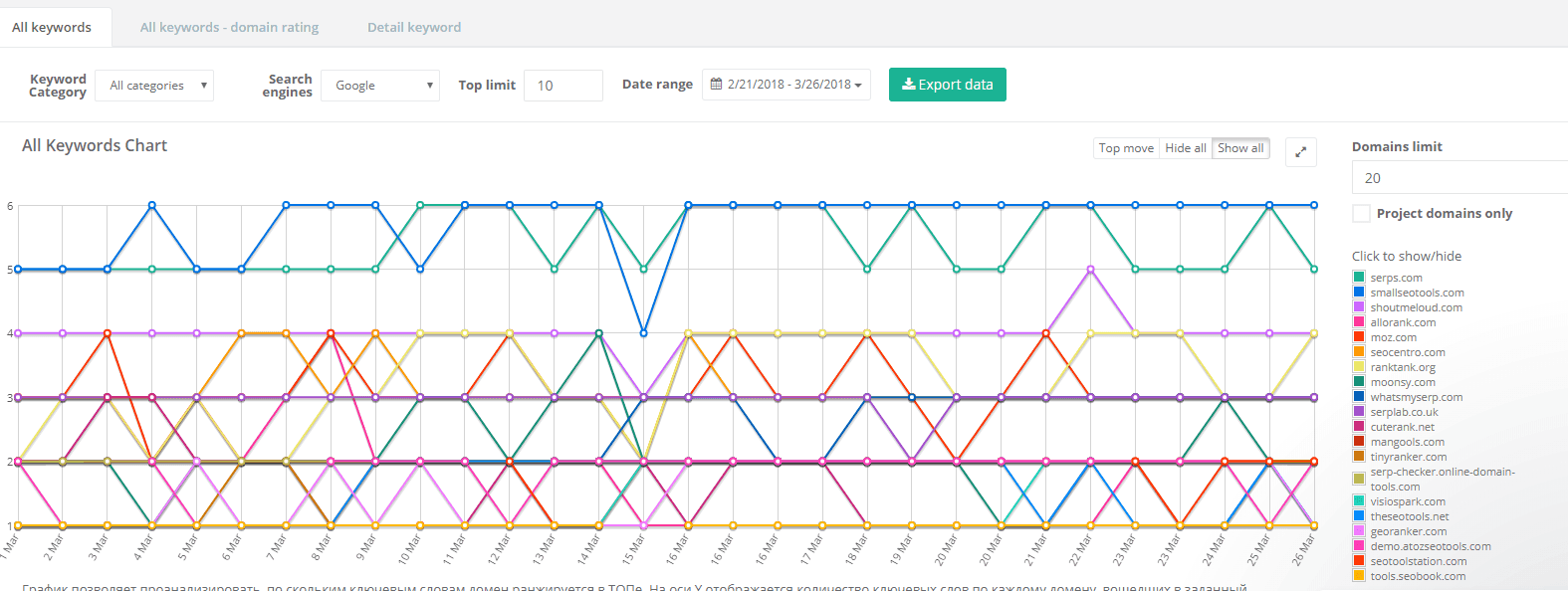
So, it’s down to the wire, the last question is how to track your results. And here is the best answer: you can check your progress with Google keyword ranking tool - SpySerp. It's one of the best keyword trackers which you can use absolutely for free.
Using the SpySerp functionality, you can track your SERP positions absolutely for free. Moreover, you can track your Google keyword ranking in real-time, without XML. This keyword ranking tool can provide a wide data set about your positions, position changes, competition level, any changes in TOP-3/10/100 and gives you all necessary and most accurate data about rankings in all regions and search engines. In any case, you can find any of 9 tools for the rank checking in our guide.
That’s it! This is the process we follow to rank for hundreds of keywords related to search marketing. Whatever your business niche, you can make the same process work for you. So GET STARTED!





